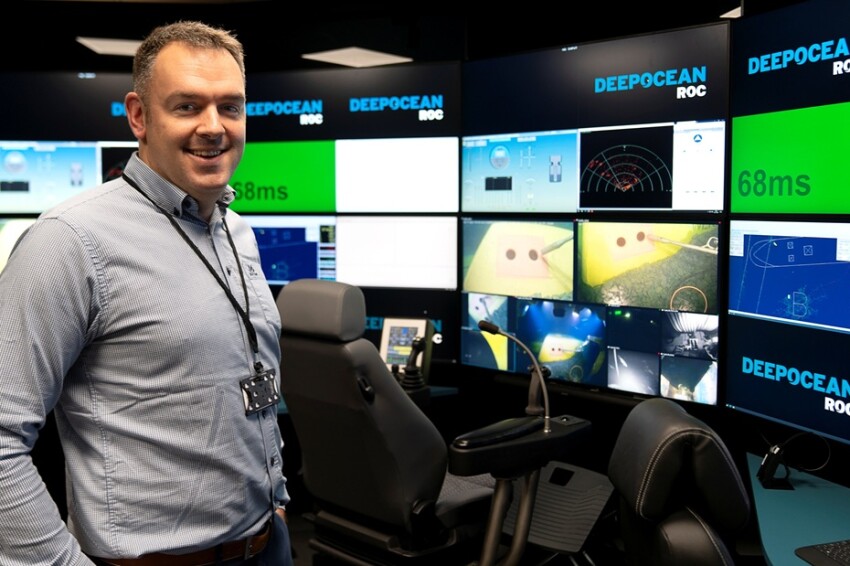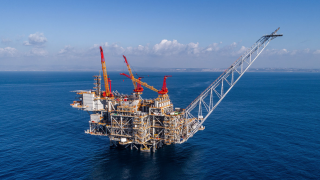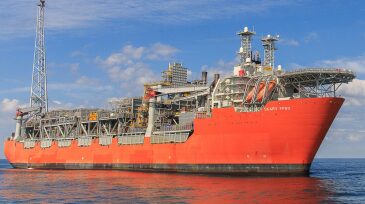Pipelines/flowlines/risers
The DeepOcean-lead joint industry project aims to advance commercialization of a new patented technology that heats pipeline systems deployed in deepwater where flow assurance can be a challenge.
BP’s new electric gas compression platform at Shah Deniz, Azerbaijan’s largest natural gas producer, is expected to sustain exports to Europe even as the field enters decline.
Nitzana will enable Israel to double gas exports to Egypt from the giant Leviathan gas field in the Eastern Mediterranean.
-
At least four US pipeline companies have seen their electronic systems for communicating with customers shut down over the last few days, with three confirming it resulted from a cyberattack.
-
The steel pipe manufacturer agrees to deliver outer pipes for pipe-in-pipe flowlines for a pair of recently-announced Aker BP projects in the Norwegian Sea.
-
Offshore project execution enhancement ideas are highlighted for debottlenecking, gas-hydrate-induced pipeline vibration, and the design of subsea systems for efficient startup.
-
A computational fluid dynamics model is proposed to analyze the effect of hydrate flow in pipelines using multiphase-flow-modeling techniques. The results will identify the cause of pipeline failure, regions of maximum stress in the pipeline, and plastic deformation of the pipeline.
-
Southwest Research Institute has developed a leak detection system to autonomously monitor pipelines for hazardous chemical spills. R&D Magazine recently recognized the system as one of the 100 most significant innovations of 2017.
-
Shell reported it has not observed any signs of oil on the water associated with a fire on the Enchilada platform, located in the US Gulf of Mexico.
-
Fluid Efficiency and Rhapsody Venture will partner to refine and launch a new molecular technology to improve the flow in pipelines.
-
Sensor systems for pipeline inspections from Ingu and Rheidiant are among the initial selections to receive funding under Chevron’s CTV Catalyst Program.
-
To reduce the risks to arctic pipelines from natural or geologic hazards, a more sophisticated approach to routing compared to traditional methods based on only the shortest length of pipe or connectivity to existing infrastructure is needed.
-
As the design methodologies evolve for arctic pipelines, strudel scour, permafrost thaw settlement, and ice gouging need to be factored in with environmental and geotechnical data, limit states, and trenching and backfilling activities.













